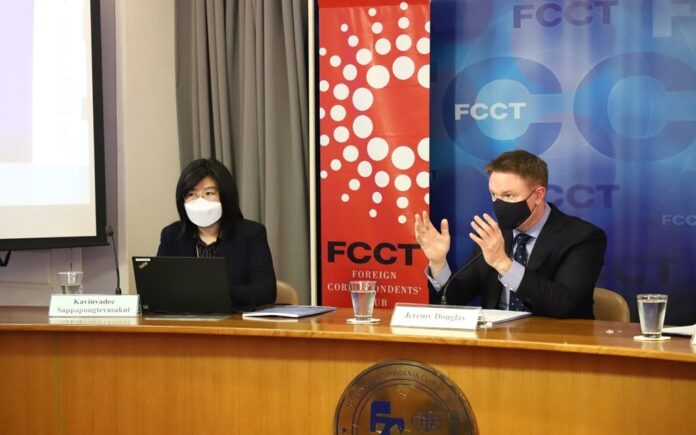BANGKOK, May 30 — Methamphetamine seizures across East and Southeast Asia hit a record high of one billion tablets last year, the United Nations Office on Drugs and Crime (UNODC) said in a report.
In the report “Synthetic Drugs in East and Southeast Asia: latest developments and challenges 2022”, UNODC said the synthetic drug trade continues to expand in East and Southeast Asia, with production and trafficking hitting record levels last year.
It said a record amount of methamphetamine – nearly 172 tonnes – was seized in East and Southeast Asia in 2021, approximately seven times more than a decade ago.
However, there was a slight dip in crystal methamphetamine, with 79 tonnes seized compared to 82 tonnes in 2020 in East and Southeast Asia last year, the report said.
UNODC Regional Representative for Southeast Asia and the Pacific Jeremy Douglas said organised crime syndicates and armed groups have exploited the pandemic and political instability in the Golden Triangle and border areas of Myanmar to expand production in the past year.
He said although very few drug labs were found in the region outside the Triangle, supply continues to surge.
“The scale and reach of the methamphetamine and synthetic drug trade in East and Southeast Asia is staggering, and can continue to expand if the region does not address the root cause that has allowed it to get to this point,” he said in a statement.
He added that Laos has become a major transshipment point for trafficking into Thailand and other parts of the Mekong and Asia Pacific, and Malaysia has also been used extensively for transit and trafficking to Indonesia, the Philippines, Japan, Australia and New Zealand.
UNODC Regional Synthetic Drugs Analyst for the Global SMART Programme Kavinvadee Suppapongtevasakul said the drop in the price of crystal methamphetamine is particularly concerning as it has become much more accessible and available to those that could not afford it before.
“The social consequences of increased use are significant, and health and harm reduction services remain limited across the region.
“It is also likely that use has been seriously underestimated for years as most countries in the region do not monitor or study drug demand,” she said.
















